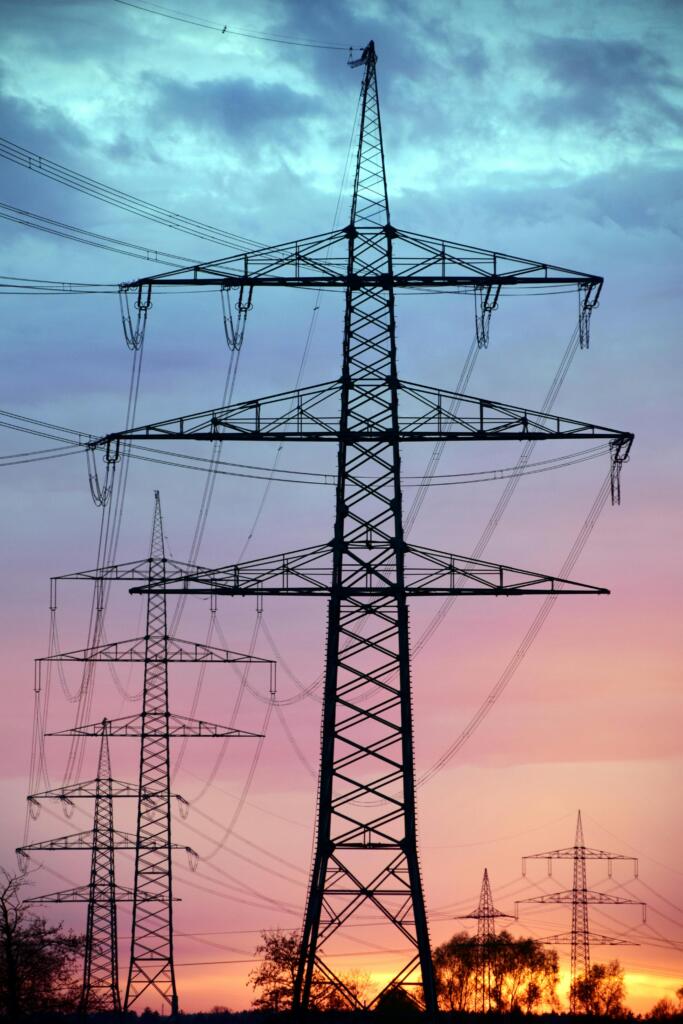Electricity Generation’s Future: 6 Questions to Ask
As new power generation technologies emerge, so do questions about the future of those technologies and the impact they might have. Policy makers must consider the potential impact of growing technologies such as wind and solar power and promising technologies like small modular reactors and CO2 capture and storage. The interest and impact from policymakers and power companies are, at one time, local, national and even global in scope. Key issues include the adoption rate of these technologies, their effect on electricity prices, how they could help efforts to reduce carbon emissions, and how their impact will be felt across different economic sectors.

Predicting the future in the energy field is not easy. There are a number of factors that play into the long-term success or failure of an alternative technology and these factors intersect in ways that are difficult to anticipate.
Important questions to ask include:
1. What will future fuel prices look like? Predicting the future price of coal and natural gas is no easy task. The best we can do is estimate. We do not know how expensive it will be to extract them or how the prevailing political environment will shape their future. For example, the recent shale boom holds a lot of promise for plentiful domestic natural gas supply, but environmental concerns about new drilling techniques are growing.
2. How will the demand for electricity change over time? The rate of growth in electricity demand has been declining in recent years in response to energy efficiency programs as well as appliance and lighting standards. Policy makers continue to put pressure on utilities to encourage energy efficiency efforts, and distributed generation such as rooftop solar is becoming more affordable. Many states and utilities have plans to step up the level of investment in these technologies, but their success is unpredictable. Nor is it known how future technology or behavioral trends will drive the demand for electricity among households or commercial users.
3. What impact will new carbon dioxide reduction policies have? The Environmental Protection Agency’s Clean Power Plan was recently finalized and will likely have a substantial impact on the nation’s power industry. Existing state and regional policies like California’s Global Warming Solutions Acts of 2006 (AB32) and the Northeast Regional Greenhouse Gas Initiative (RGGI) can serve as partial models for the impact a nationwide policy might have. These policies will be significant drivers for new low-carbon technologies in the future.
4. How soon will alternative power generation technologies be available? The time it takes to research, develop, finance, build, test, and market alternative power generation technologies can vary greatly depending on factors both within and beyond the control of the developers. Department of Energy research labs, universities and corporations all play a role in technology research and development. Investment levels and market adoption can be influenced by policies such as tax credits and climate policies.
5. What will the market adoption rate of these technologies be? Once these technologies are available, what will they cost and how quickly will they be adopted by the power industry? The costs and characteristics of competing technologies need to be considered as well as market conditions such as fuel prices and electricity demand.
6. What other technologies are on the horizon? Is it worth waiting? Investing in one technology can sometimes mean passing up an opportunity to invest in another technology, especially when building power plants with long lifetimes. Companies want to avoid the risk of putting all their eggs into one uncertain basket, but aging infrastructure, evolving regulations, and increasing demand mean that choices must be made despite this uncertainty.
How to Answer These Questions about Electricity Generation and Alternative Energy Futures
Making the right decisions about alternative power generation technologies requires the best information possible, including considering as wide a range of different future scenarios as might conceivably occur. That is why it is so important to explore future scenarios focused on the six questions identified in this article before choosing a path forward with alternative or conventional power generation technologies.
The method we use—and recommend—for answering these questions is integrated energy modeling. Using an unbiased tool like the National Energy Modeling System (NEMS), integrated modeling finds answers to questions by taking into account the many different ways energy and economic systems interact and projecting how changes to these systems will ripple across them in unexpected ways.
To learn more about how integrated modeling can be used to answer questions about energy futures, download are new free white paper, “How to Assess the Impact of Alternative Power Generation Technologies.”

